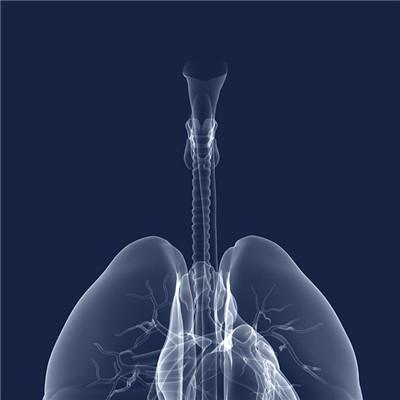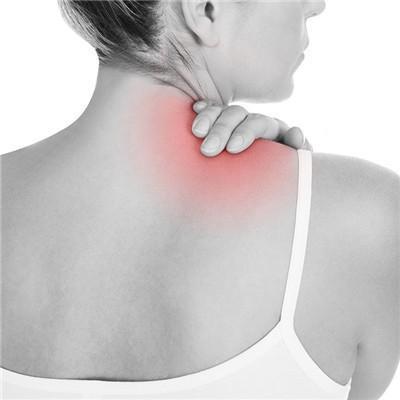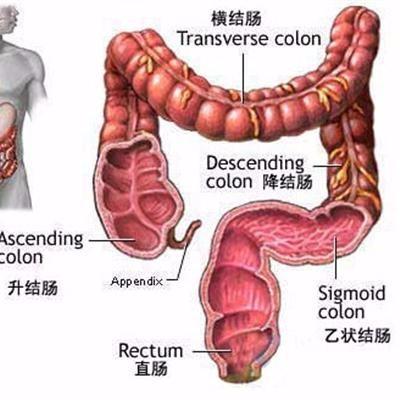What's the matter with children's bloody stool?
summary
Anal discharge of stool with blood, whether stool with blood or all bloody stool, color is bright red, dark red or tar like, are called bloody stool. Hematochezia often indicates gastrointestinal bleeding, especially colon and rectum bleeding. Let's take a look at the following.
What's the matter with children's bloody stool?
First: colonic and small intestinal diseases, bacillary dysentery, amebic dysentery, localized enteritis, intussusception, intestinal tuberculosis, enteric typhoid fever, distal ileal diverticulitis, melanoma gastrointestinal polyposis, intestinal duplication, small intestinal hemangioma, small intestinal tumor, mesenteric artery embolism, etc.

Second: epidemic hemorrhagic fever, typhoid, paratyphoid and typhus, leptospirosis, hookworm disease, schistosomiasis, septicemia, etc.

Third: before the determination of hematochezia, it is necessary to carefully check whether it is black stool caused by swallowing the bleeding in the oral cavity, nasopharynx, bronchus and lung, and exclude the blood sample or black stool caused by some drugs and food.

matters needing attention
Neonatal hematochezia is mostly due to swallowing the blood of mother's birth canal or nipple rupture, or suffering from neonatal spontaneous hemorrhage, hemorrhagic necrotizing enteritis, digestive tract malformation, etc. Fecal blood in infants and young children is more common in intussusception, Meckel's diverticulum, intestinal polyps, prolapse, anal fissure, etc. Esophageal varices, ulcers, intestinal polyps, anal fissure and allergic purpura should be considered in preschool and school-age children with hematochezia.












